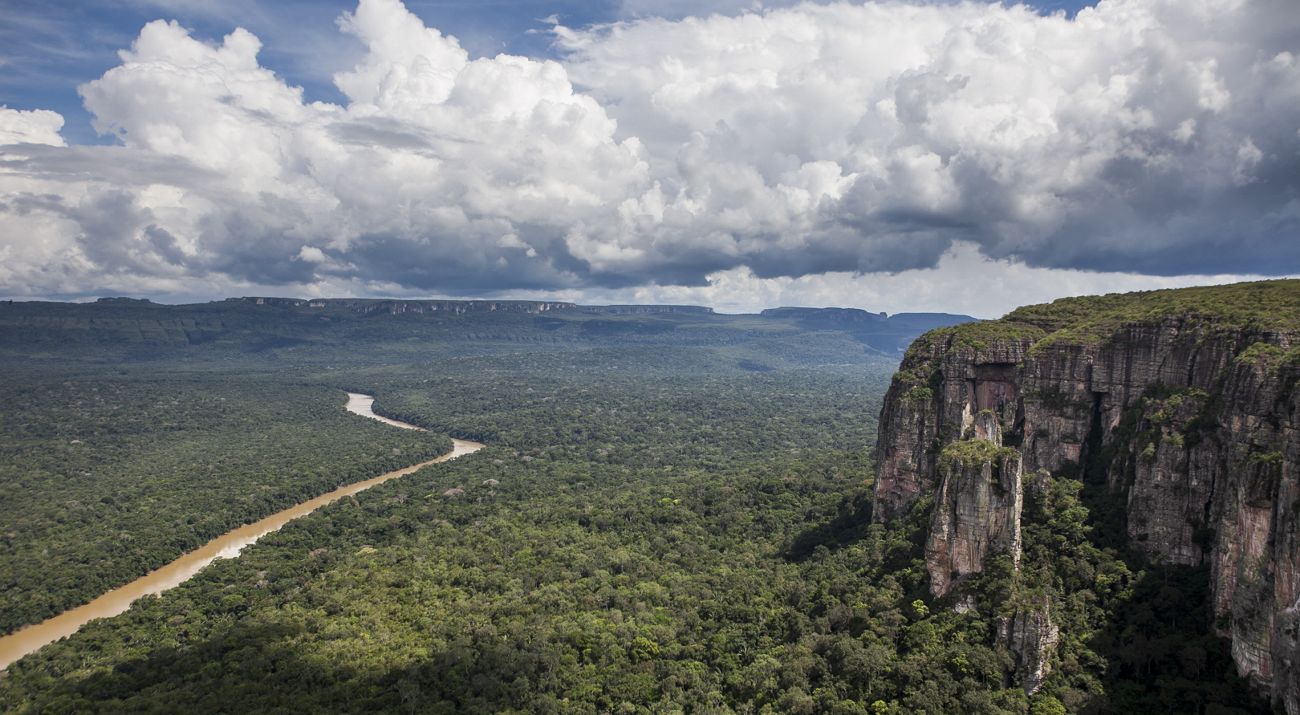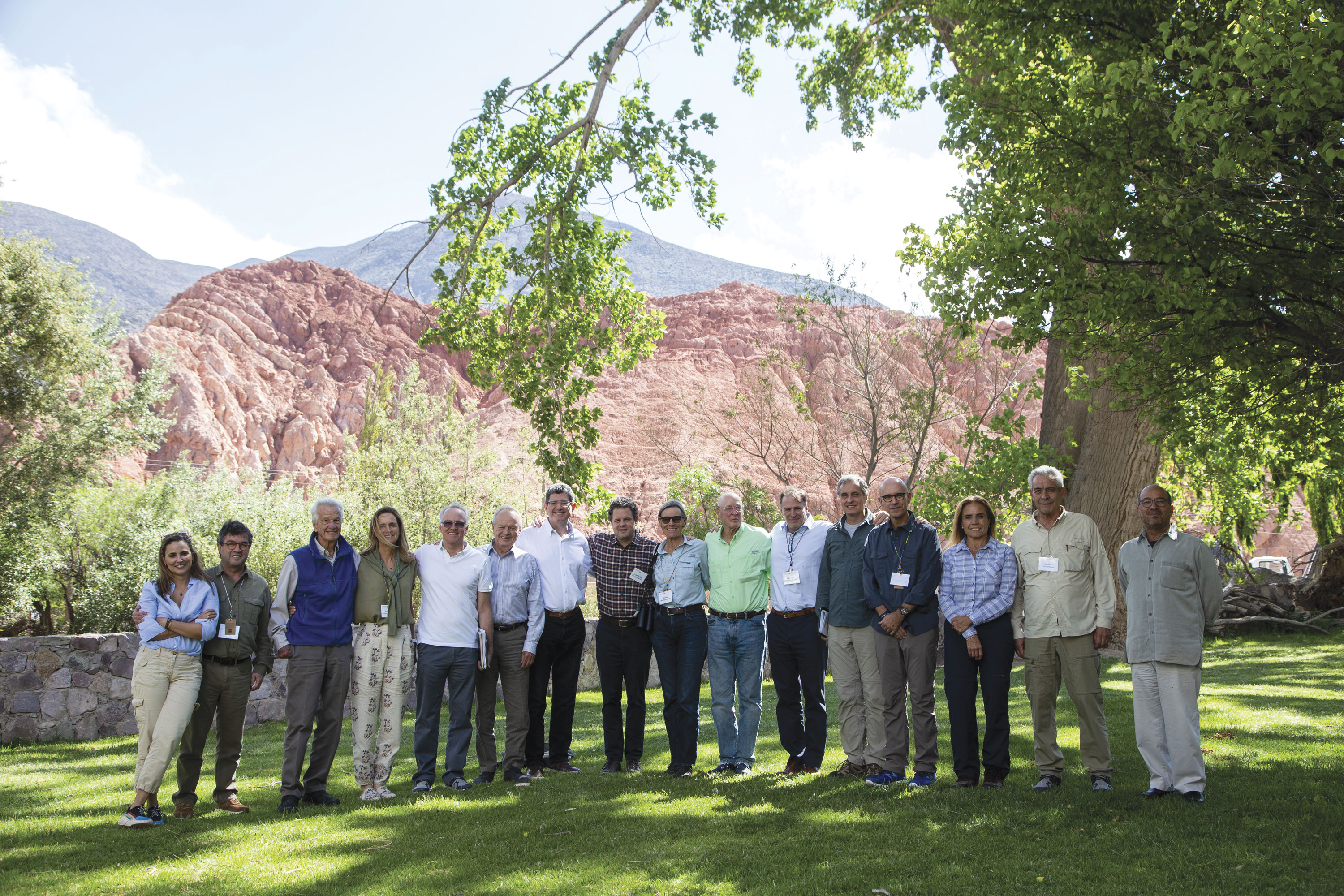Latin America Conservation Council
Nature-Based Solutions Deliver a Triple Benefit to Natural Resources, Biodiversity, and Climate.
For the past ten years, the Latin America Conservation Council (LACC) has proudly partnered with The Nature Conservancy to make a case for conservation with development. Our efforts have led water-intensive industries and water utilities to invest in Water Funds in 25 of the region's largest cities, enhancing water security and climate resilience for over 75 million people. Similarly, protecting forests, grasslands, and reefs fosters high-yield, low-carbon food production that has found support in rural and indigenous communities and responsible companies implementing their deforestation-free sourcing commitments.
Over the coming decade, our challenge is to mainstream pockets of success to green the Covid-19 recovery and jumpstart progress on the world's 2030 goals to protect biodiversity, tackle climate change, and ensure inclusively sustainable development (SDGs).
Co-Chairs, Latin America Conservation Council
Defining Our Legacy
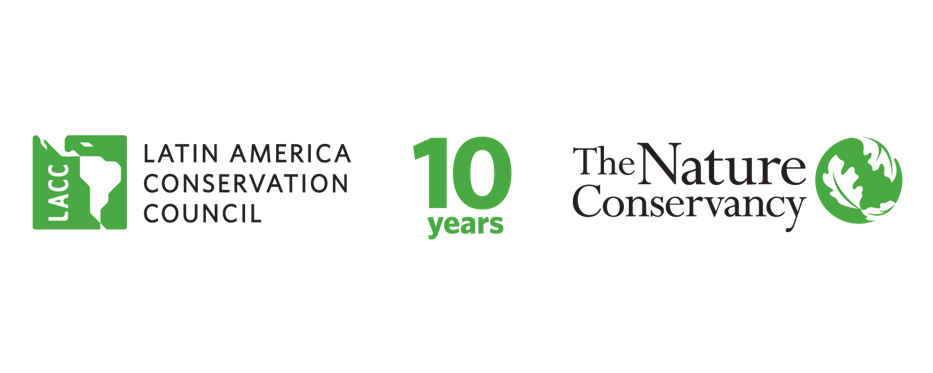
For the past ten years, the Latin America Conservation Council (LACC) has proudly partnered with The Nature Conservancy to make the case for conservation and development, by documenting its numerous co-benefits. Protecting watersheds upstream reduces treatment costs downstream. This economic argument has led water-intensive industries and water utilities to invest in source water protection (via Water Funds) in 25 of the region’s largest cities, enhancing water security and climate resilience for over 80 million people. Similarly, protecting forests, grasslands, and reefs fosters high- yield, low-carbon food production that has attracted early adopters in rural and indigenous communities, as well as high- profile traders trying to implement deforestation-free pledges.
The challenge of our time is to move beyond these demonstration projects to mainstream strategic conservation as a political and economic priority—for enhancing food and water security, and for delivering on each company’s, and each country’s existing biodiversity, climate, and sustainable development commitments.
Throughout the first decade, the LACC and TNC focused on making the case for nature- based solutions through prototypes that demonstrated notable success across the region. As you can see in this report, the role of nature in sustainable socio-economic development is clear. Our focus now is doubling down on jurisdictional approaches (through iconic landscapes) where working with government and local organizations can help achieve scale fast and expand our impacts rapidly.
Together, we can catalyze the collective action and transformational investments required to create lighthouses of conservation and development in Latin America’s most iconic places. This is the legacy we want for our children and grandchildren.
Sergio Rial
Juan Pablo del Valle
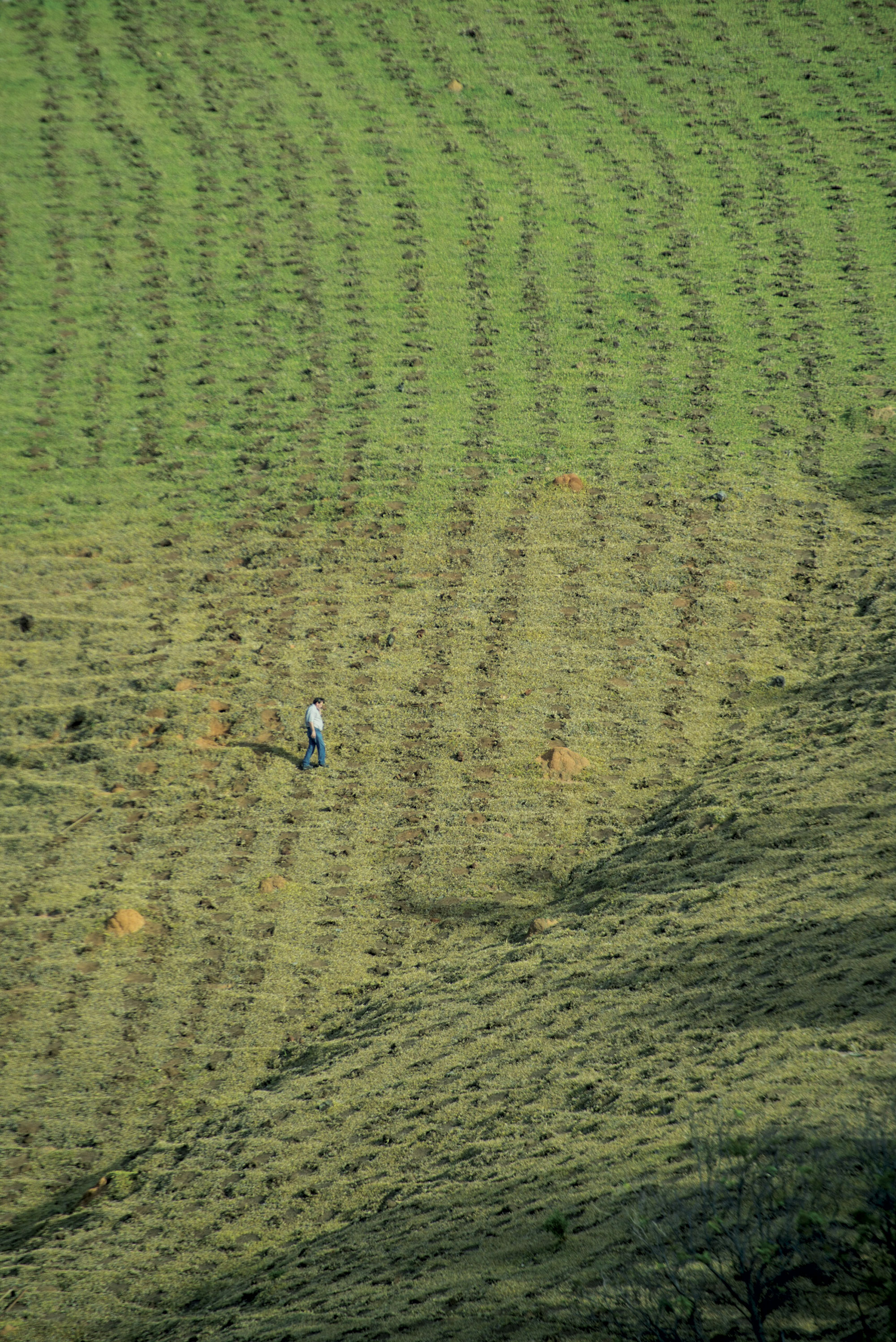
Our Path Forward
A Force for Nature
It is the home of jaguars and sloths, pink river dolphins and humpback whales, condors and macaws, and every year hosts millions of migratory birds. With a third of the world’s fresh water, more than a quarter of the Earth’s forests and arable land, the second largest reef on the planet and 40% of the world’s species, Latin America is a biodiversity superpower.
As we accelerate toward a world of 10 billion people, Latin America will play a pivotal role in meeting unprecedented global demand for food, water and energy.
The Nature Conservancy (TNC) has been active in Latin America for 40 years. We have worked in 17 countries—from Mexico’s Baja California to Argentina’s Patagonia—using scientific expertise, pragmatic approaches and partnerships with local communities, Indigenous peoples, businesses and governments to help steward the continent’s spectacular natural heritage and transform the way people use and value nature.
Together with our partners, we are addressing our planet’s biggest challenges: protecting ocean, land and water; tackling climate change; and providing food and water sustainably. TNC’s work in Latin America is combining the power of nature and the ingenuity of people to create a sustainable future for our planet.
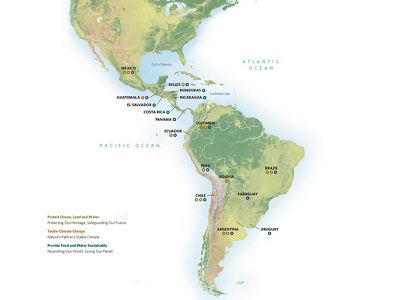
Our Priorities
-
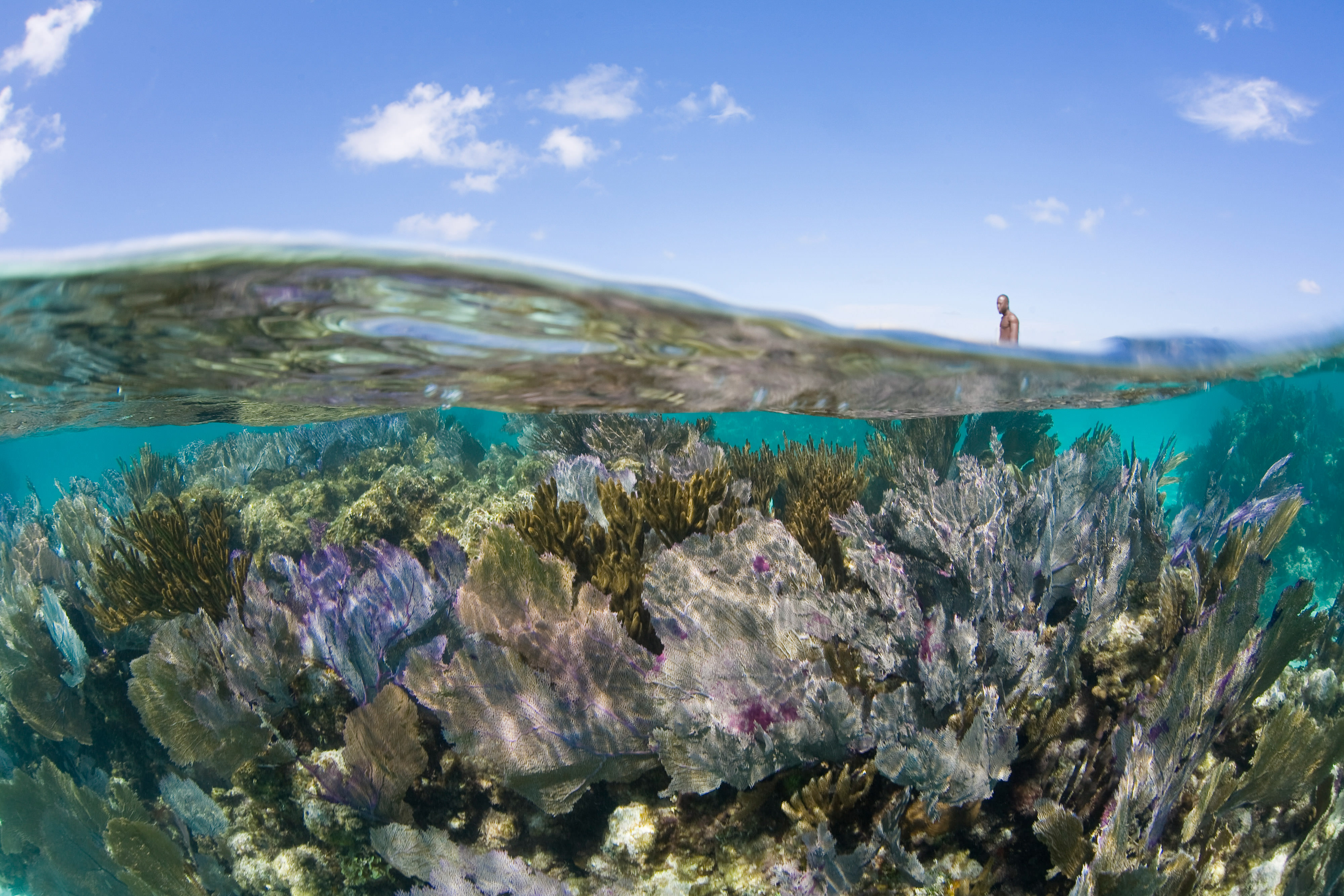
Protect Biodiversity
Protecting our Heritage, Safeguarding our Future Read the Stories
-
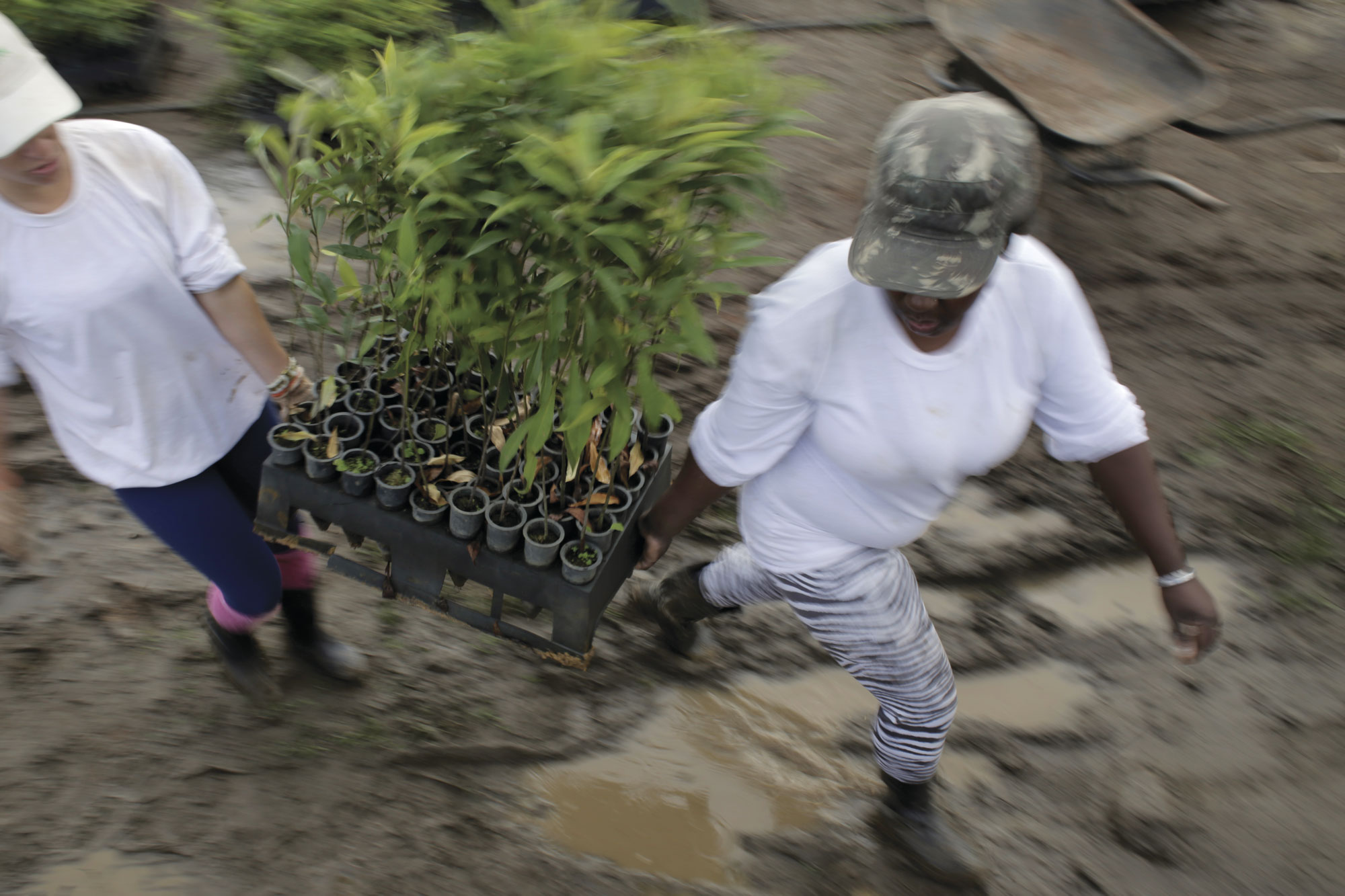
Tackle Climate Change
Nature’s Path to a Stable Climate. Read the Stories
-
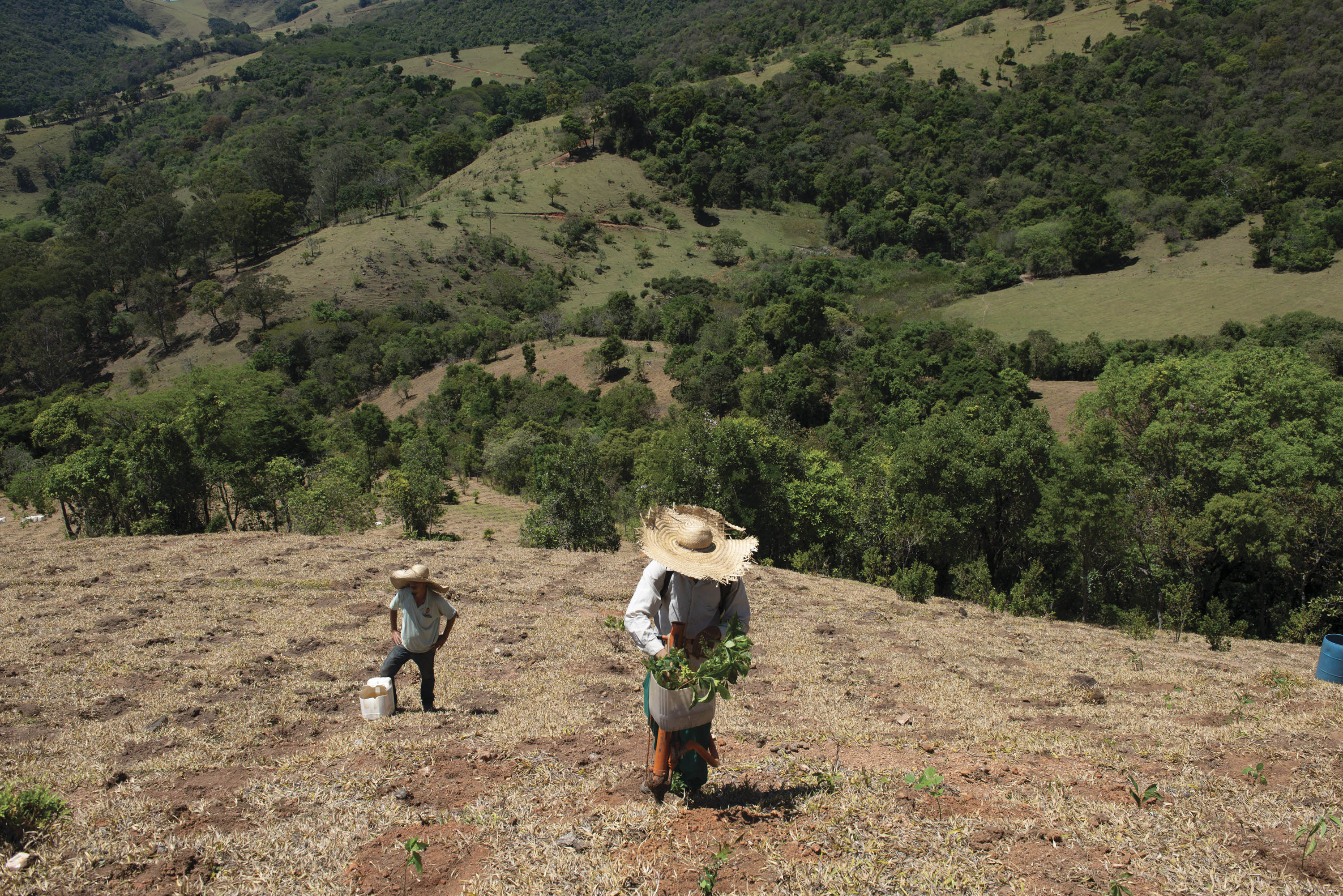
Provide Food and Water Sustainably
Nourishing our World, Saving our Planet Read the Stories
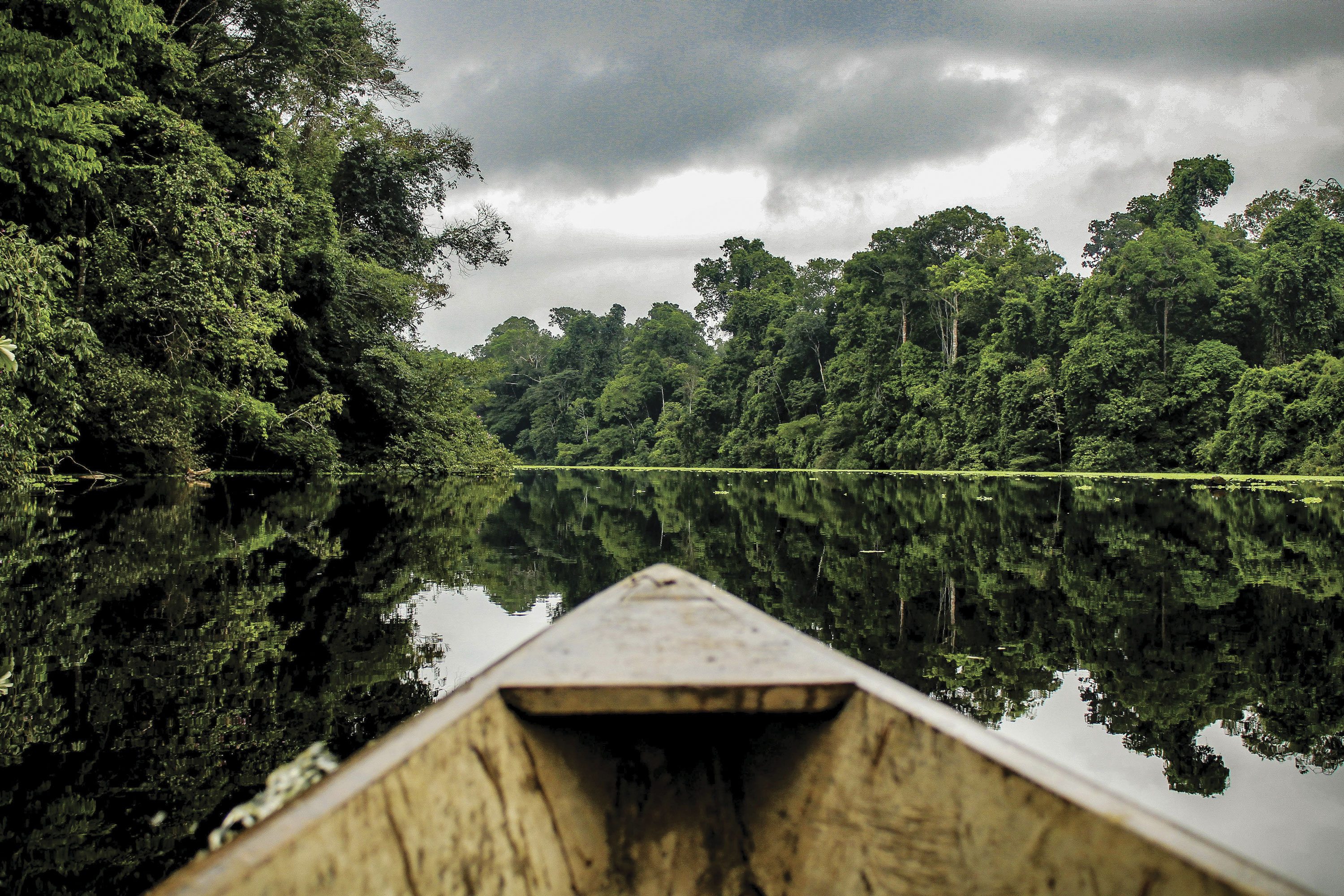
Future forward
Our world is at a pivotal point. The coming decade holds a unique opportunity to change our planet’s trajectory. Considering global biodiversity loss, poverty and climate crises, we must embark on a new path that emphasizes sustainability and collaboration. Nature is the key to our collective future. We must build on our past successes, while leading conservation efforts across new sectors, frontiers and communities in Latin America and around the world.
At The Nature Conservancy we seek to realize a future in which we take care of nature and nature takes care of us; where, together, the full diversity of life thrives.
We will get there by using science, resourcefulness and radical collaboration—TNC’s hallmarks—with renewed creativity, commitment and a systemic approach to scaling nature-based solutions. Our proven initiatives are rooted in decades of experience, working in partnership with local communities, governments, companies and supporters to show that conservation with development is possible throughout Latin America.
Our plan is to work faster and smarter to maximize impact in priority places. Our scientists have identified iconic land and seascapes throughout the region that are repositories of the natural and cultural capital needed to reset production-consumption patterns for a sustainable future. These are strategic, last chance ecosystems where nature-based solutions can deliver a triple benefit for biodiversity, climate change and sustainable growth. This builds on TNC’s leadership in place-based conservation, our scientific expertise and our extensive network of partnerships to optimize results in more efficient and effective ways through cross-sector collaboration. By working together to scale proven solutions, we can create lighthouses of conservation with development that inspire the world’s most biodiverse countries in Latin America, and the world, demonstrating that another path forward is possible.
As we chart this new path forward, we will spotlight how investing in nature-based solutions filters and cleans our air and water, secures the food we need to feed a growing population, protects the forests and coastlines we need to mitigate the climate crisis and builds resilience. As we recover and reboot the global economy, investing in nature puts us on the path to reach each country’s national climate commitments, including Intended Nationally Determined Contributions (INDCs), Convention on Biological Diversity (CBD) targets and Sustainable Development Goals (SDGs).
